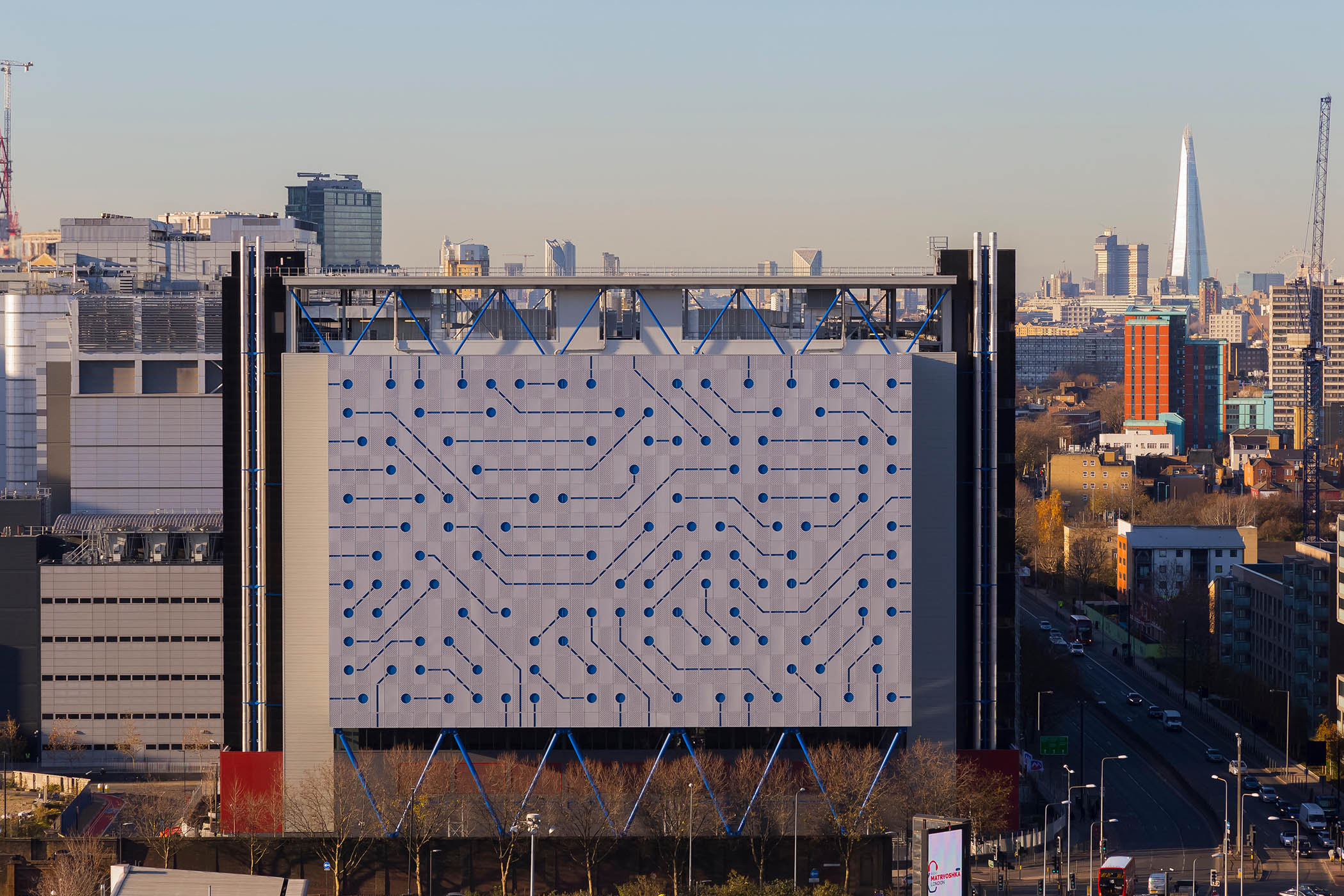Plans to build 10 large data centres in the UK could effectively wipe out the carbon emissions saved by switching to electric cars in 2025, research has found.
Analysis of developer’s plans by non-profit Foxglove and environmental charity Global Action Plan reveals that of more than 100 data centres planned in the UK, the operation of just 10 would result in annual carbon emissions of 2,745,538 tonnes of CO2 equivalent (tC02e). This is roughly the same as the annual carbon saving expected this year from the public’s switch to electric vehicles, which the Climate Change Committee puts at 2.9m tonnes.
The findings have underlined the lack of transparent and reliable figures for expected emissions driven by data centre growth. The National Energy System Operator has doubled its 2022 estimate of data centres’ projected future energy needs and expects them to use 71TWh by 2050, equivalent to the entire commercial sector’s energy demands today.
Developers’ footprint estimates vary wildly. QTS, founder of a data centre in Cambois in the north-east, says the 1,100 megawatt project will lead to 180,000 tC02e. Greystoke, which is building a slightly smaller site in Elsham, says it will create more than 850,000 tC02e.
Donald Campbell, director of advocacy at Foxglove, said developers tended to use the current carbon intensity of the UK’s energy grid to make calculations, and then extrapolate years ahead. But this poses a problem: “If you pile in all this extra demand, is the grid really going to be decarbonised as far as we’d want it? Or will we be forced into what’s happening in the US, where they’re extending the life of coal and gas?” he asks.
There are, however, some potential workarounds. The government could consider allowing more projects in areas where wind power currently goes to waste because of grid bottlenecks. Some companies are looking at reusing reuse excess heat from small data centres to warm homes locally.Prof Adam Beaumont, founder of aql in Leeds, is involved in one such project and argues the UK should be thinking more carefully about placement. “Each [data centre] will carry an opportunity cost by removing grid capacity which could be used for other city development and expansion,” he says. “Is the data centre to serve applications and services to UK customers? Or UK and nearby Europe?”
Photograph by Timothy Smith

